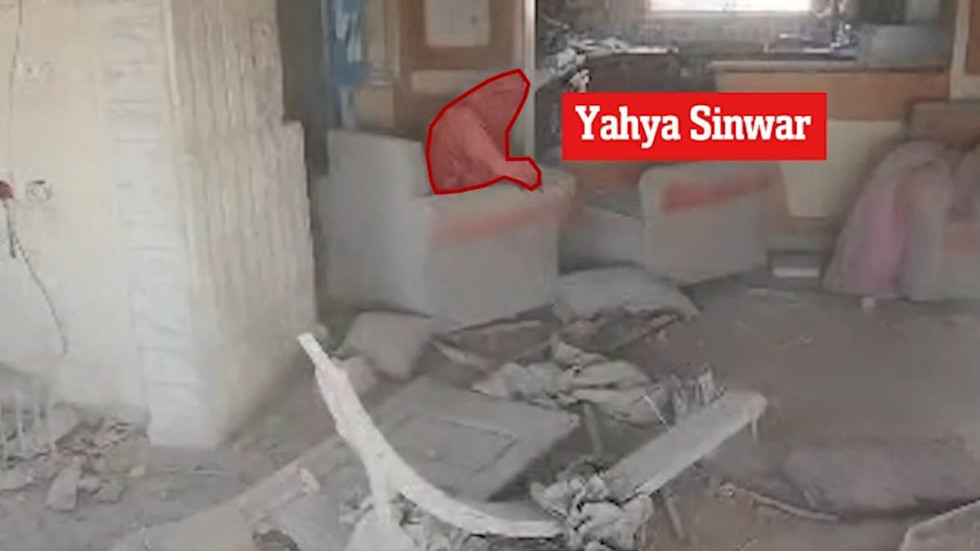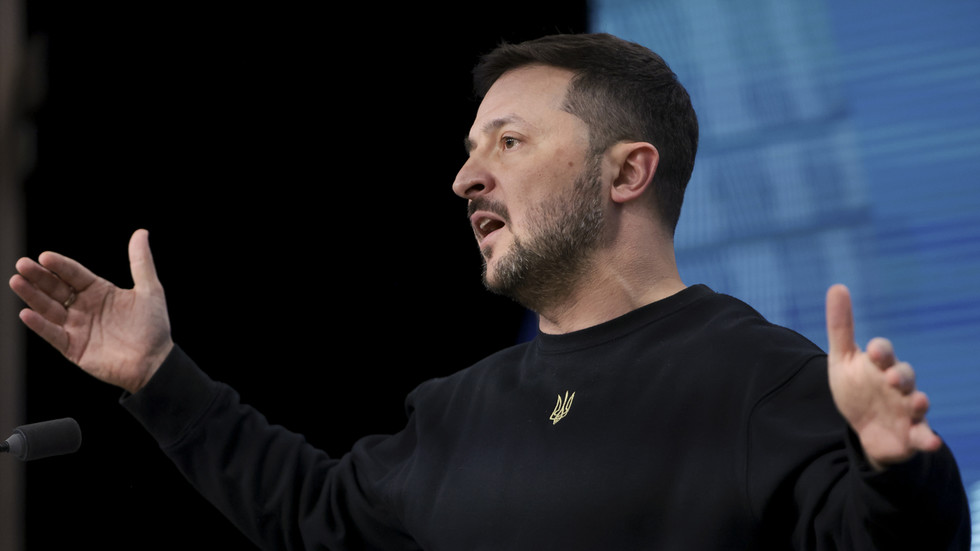Warning: Graphic content
Yahya Sinwar, the Hamas terror chief and Oct. 7 mastermind dubbed “The Face of Evil,” was long considered one of the terror group’s most influential leaders before he was assassinated by Israeli forces.
The 62-year-old terror kingpin, who was killed Wednesday, quickly rose through Hamas’ ranks over the years — solidifying his reputation along the way as a ruthless, obsessive and dictatorial brute.
The rarely seen veteran militant, who had long vowed to try and eradicate the Jewish state, had been Israel’s public enemy No. 1 ever since it was revealed he plotted last year’s terror attack that shocked the world and triggered the ongoing Gaza war.
Until now, though, he had managed to evade capture as he continued to wield his power while staying hidden within Gaza’s network of underground tunnels.
Here’s what we know about the slain Hamas leader
Early life: From refugee camp to Hamas militant
Sinwar was born in a refugee camp in the Gaza town of Khan Younis in 1962.
He became a member of Hamas soon after the terror group was founded in the late 1980s and quickly adopted its radical Islamist ideology.
Sinwar was recruited by Hamas’ founder, Sheik Ahmed Yassin, before quickly rising the ranks and being named head of Hamas’ security arm — Al Majd.
In that role, a young Sinwar infamously became known as “The Butcher of Khan Younis” for his relentless and brutal slaughter of suspected informants for Israel within the terror group’s ranks.
Decades as an Israeli prisoner
As a result of his slaughter campaign, Sinwar was eventually arrested in 1988 and convicted of killing two Israel Defense Forces soldiers and four Palestinians who had been suspected of collaborating with Israel.
Sinwar, who admitted under interrogation to having killed 12 suspected collaborators, was subsequently sentenced to life in prison.
Over his 22-year stretch behind bars, Sinwar went on to make a name for himself as a leader to hundreds of imprisoned Hamas members.
He organized strikes to improve working conditions while studying Hebrew and Israeli society.
He survived brain cancer in 2008 after being treated by Israeli doctors while imprisoned.
Despite the life sentence, though, Sinwar was cut loose in 2011 as one of more than 1,000 Palestinian prisoners freed by Prime Minister Benjamin Netanyahu as part of an exchange for an Israeli soldier, Gilad Shalit, who was captured by Hamas in a cross-border raid.
Rise to power in Gaza
When Sinwar eventually returned to Gaza, the terror brute quickly rose through Hamas’ leadership ranks with his reputation for ruthlessness and savagery.
Just a year after he was freed, Sinwar was elected as a member of Hamas’ political bureau, with his popularity garnering a large following in the ranks of the Islamist group.
He closely coordinated between Hamas’ political leadership and its military wing, the Qassam Brigades.
He is widely believed to be behind the slaying of another top Hamas commander — Mahmoud Ishtewi — amid an internal power struggle back in 2016.
Sinwar eventually became the terror group’s top commander in Gaza in 2017 — effectively putting him in charge of the territory — and quickly became feared for his iron grip in the region.
He solidified his power when he was named as the militant group’s top commander after former leader, Ismail Haniyeh, was assassinated in July.
The Oct. 7 mastermind
Prior to his death, Sinwar hadn’t been seen publicly since it emerged he orchestrated the Oct. 7 bloodshed that left 1,200 Israelis dead.
He continued to run Hamas, though, while hiding in the warren of tunnels Hamas has built under Gaza over the past two decades.
Sinwar operated in secrecy, moving constantly and using trusted messengers for non-digital communication.
Even in hiding, Sinwar was the sole decision-maker over months of failed cease-fire talks with Israel, led by Qatar and Egypt, that focused on swapping prisoners for hostages, Hamas sources told Reuters.
Negotiators would wait for days for Sinwar’s responses that were passed down through secretive chains of messengers.
With Post wires

 By New York Post (World News) | Created at 2024-10-17 19:30:10 | Updated at 2024-10-17 22:12:45
2 hours ago
By New York Post (World News) | Created at 2024-10-17 19:30:10 | Updated at 2024-10-17 22:12:45
2 hours ago



